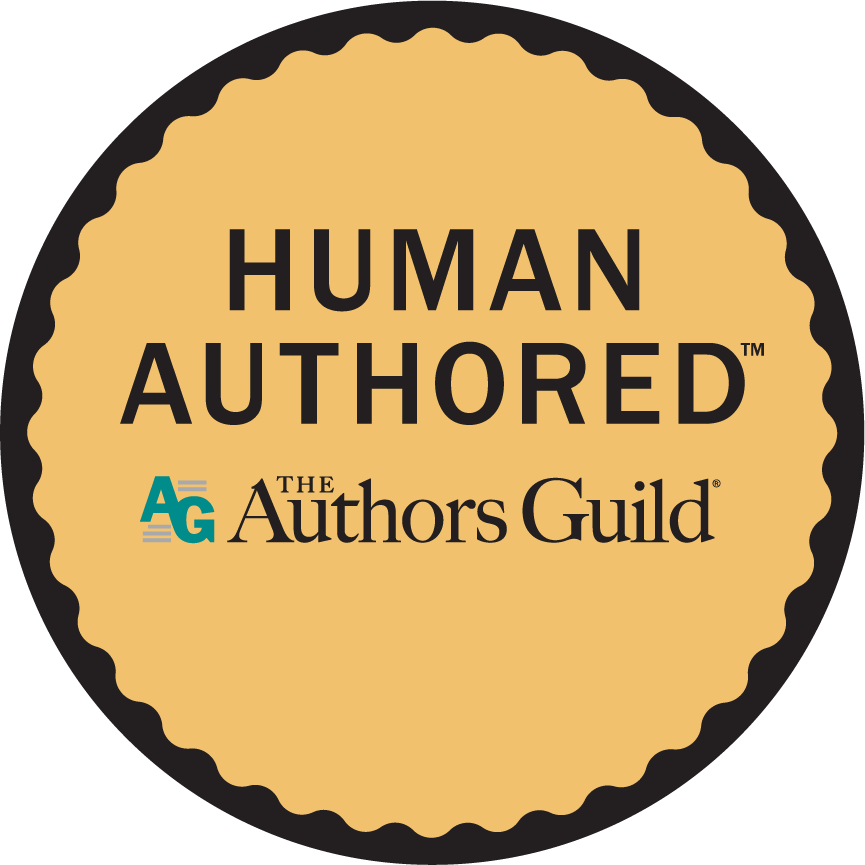About
I write books about the history of scientific discoveries and the scientists who make them. I like to explore the cutting-edge connection between social issues and scientific progress – and make the science clear and interesting to non-specialists. Thus, my latest book tells about Bayes' rule, how an 18th century approach to assessing evidence was ignored for much of the 20th century before – in an overnight sea change – it permeated our modern lives. The book, called The Theory That Would Not Die, got a full-page review in the New York Times Book Review, which was a really big deal for me. My first book, still in print at the National Academy of Sciences after 23 years, dealt with changing patterns of discrimination faced by leading women scientists during the 20th century. My second book portrayed a group of chemists and the interplay between science, the chemical industry, the public’s love of creature comforts, and the environment.
I am now working on a book with Dr. Rita Colwell, former director of the National Science Foundation. Its working title is:
What I Really Think
by Rita Colwell and Sharon Bertsch McGrayne
Featured Work
The Theory That Would Not Die: How Bayes' Rule Cracked the Enigma Code, Hunted Down Russian Submarines & Emerged Triumphant from Two Centuries of Controversy.
Use Google or Microsoft? Then you use Bayes' rule. It's a simple 18th century theory, but for 200 years, it was wildly controversial. This is the story of the triumph of a powerful mathematical tool about how to assess evidence, in science, in technology, or in daily life.
A reviewer called it suitable "for even the most lay of audiences."


